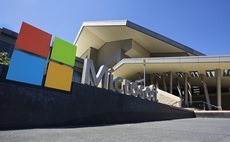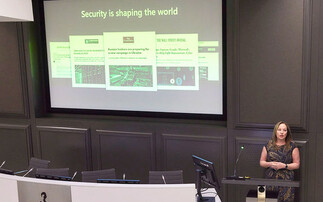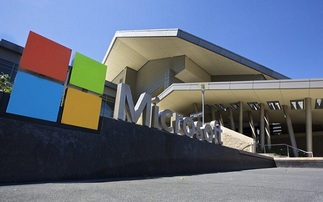Attackers using techniques adopted from top marketing companies to avoid anti-spam email security - and to entice people to click
Malware writers have adopted mainstream marketing techniques to monitor and assess the effectiveness of their campaigns, according to Mark Sparshott, EMEA director of channels, alliances & OEM at s...
To continue reading this article...
Join Computing
- Unlimited access to real-time news, analysis and opinion from the technology industry
- Receive important and breaking news in our daily newsletter
- Be the first to hear about our events and awards programmes
- Join live member only interviews with IT leaders at the ‘IT Lounge’; your chance to ask your burning tech questions and have them answered
- Access to the Computing Delta hub providing market intelligence and research
- Receive our members-only newsletter with exclusive opinion pieces from senior IT Leaders





















